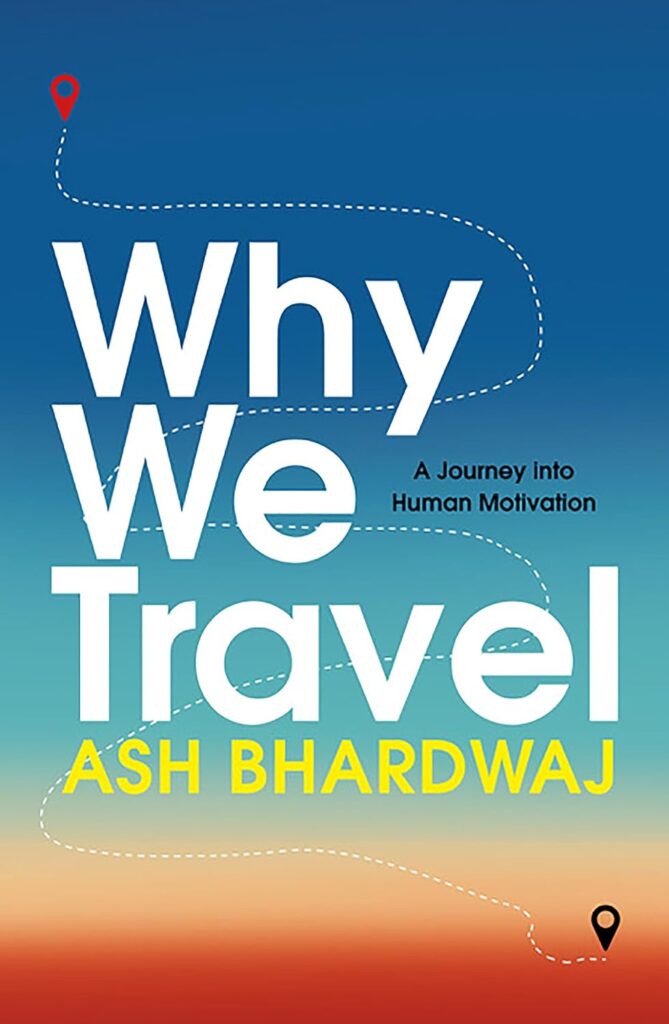[ad_1]
It was a clear, moonless, evening time, and the sunshine from shut by settlements was hidden by the crater rim. The celebrities have been magnificent and, as my eyes adjusted, I’d make out their colours. I’d even see the darkish outlines of interstellar mud in direction of the Milky Method, whose darkish shapes have been very important constellations to the Inca of South America.
As I lay in water heated by the geology of the Earth, starlight that had travelled for a whole bunch of 1000’s of years to achieve my eyes, my sense of self melted into the grandeur of nature. I was stuffed with peace and contentment as all my duties and worries evaporated, modified by an incredible sense of how tiny and non everlasting my existence was. I was experiencing ‘Awe’.
True awe is a unusual and ineffable experience, nonetheless I can clearly recall plenty of the cases that I’ve felt it: that evening time wanting on the celebs in Hokkaido; dancing at Glastonbury Pageant; watching cremations on the ghats of Varanasi; encountering an elephant inside the wilds of Uganda.
Professor Dacher Keltner has been discovering out awe for a few years, and he describes it as ‘the feeling of being inside the presence of 1 factor enormous, that transcends your current understanding of the world.’
Professor Keltner’s work is rooted in psychological science’s switch from ‘cognitive’ evaluation (which seems on the human ideas as a processor of data) to the study of emotions. Whereas most emotions permit the success of individuals, Keltner believes that awe helps us to transcend our specific individual selves, to develop to be a worthwhile part of collective communities. The context of awe varies all through cultures and societies, nonetheless Keltner’s evaluation identifies fixed sources. He calls them the ‘eight wonders of life’: moral magnificence (the power, braveness and kindness of others); effervescence (collective movement in actions like dance and sport); nature; music; art work and visual design; spirituality, religion and mystical encounters; encountering life and lack of life; and huge ideas, or epiphanies. Awe works by quieting our ‘default self’.
That’s the self-conscious, cognitive part of our pondering, which pushes us in path of specific individual goals and achievements, nonetheless which moreover leads to anxiousness, despair and self-criticism. The author Aldous Huxley referred to as it ‘the interfering neurotic who, in waking hours, tries to run the current’.
All through awe, our ‘default self’ switches off, diminishing these damaging feelings and leading to a transcendent state. The boundary between the broader world and our specific individual selves turns into thinner, and our ego dissolves.
In my experience, each of Keltner’s eight sources of awe has a novel flavour and affect: moral magnificence in others fills me with admiration, and encourages me to behave within the similar methodology; dancing at a pageant creates a approach of enjoyment and fellowship, which makes it less complicated to bond with new buddies; whereas encountering life and lack of life fills me with fear, unhappiness and reverence, which makes me additional appreciative of what I’ve. The awe of pure grandeur is of a novel order completely. It evokes a approach of overwhelming insignificance, modifications how I actually really feel about myself and the world spherical me. It makes me actually really feel small, encourages me to care additional in regards to the pure world, and leads to a cognitive shift that locations my worries into perspective.

Excerpted from Why We Journey: A Journey into Human Motivation by Ash Bhardwaj. Printed by Bedford Sq. on 11th April in hardback at £20.
[ad_2]
Provide hyperlink
